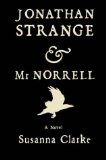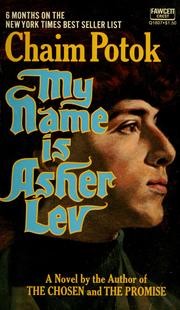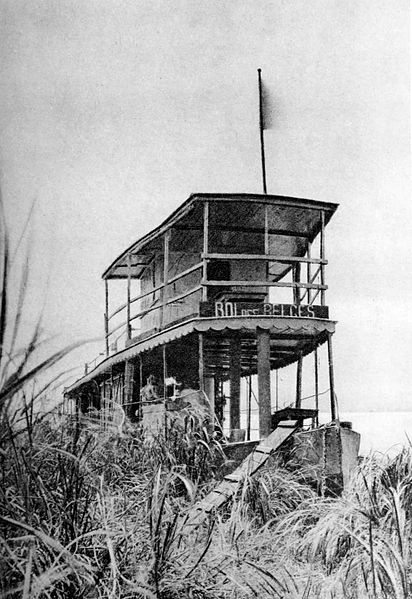Jonathan Strange & Mr. Norrell
 I can’t remember when I’ve enjoyed a book this much.
I can’t remember when I’ve enjoyed a book this much.
This novel is an unusual animal: a Victorian novel published in 2004. It has the scope, cast of characters, and wit of Dickens, the social satire of Jane Austen, the thorough imaginative conception of Tolkien. It’s funny, scary, compelling, shivery with otherworldliness. I enjoyed every one of its 782 pages.
Some have complained about the length. I agree with Deb that it could have been published in three smaller books rather than one large one. Others have complained about the extensive footnotes, which sometimes span two pages. But even the footnotes were interesting — often stories in themselves.
The basic gist of the story, set in England during the Napoleanic Wars, is that the faerie magic of ancient Britain is returning to an England long impoverished of anything fantastical. The two “practical” (vs. theoretical) magicians named in the title begin to re-establish the reputation and practice of English magic not as it has survived in dusty academic circles, but as it’s related in the old mythic stories of fairies and mysterious magician-kings. Jonathan Strange and Gilbert Norrell represent two very different temperaments: Mr. Norrell is secretive, scholarly, manipulative, and dull, whereas Jonathan Strange is more sociable, daring, and at home in fashionable circles. Their relationship takes twists and turns against a backdrop of (among other things) war with France, the antics and enchantments of a wicked fairy, and philosophical disagreements about what kind of magic England needs.
My favorite aspect of the story is the depiction of the magical realm as an ever-present, not-quite-visible dimension of the day-to-day physical world. I came across this title most recently in a biography of C.S. Lewis as an example of the kind of fairytale he would have loved, so it’s little surprise to find that the faerie world bears some resemblance to Narnia in being often inaccessible, yet always immanent. Narnia leaks into Britain through wardrobes, doorways, train stations, and pictures. In this story, the faerie dimension does the same thing, as in this scene:
As Lady Pole said this something happened which Arabella did not quite understand. It was as if one of the paintings had moved, or someone had passed behind one of the mirrors, and the conviction came over her once again that this room was no room at all, that the walls had no real solidity but instead the room was only a sort of crossroads where strange winds blew upon Lady Pole from faraway places.
The fantasy is grounded thoroughly in “reality” — scholarly quarrels, gossiping people, real historic events, physical nature, varied personalities — including such well-known figures as the Duke of Wellington, Shelley, and Byron (whose Manfred is said to be based on Byron’s observation of Jonathan Strange). It has something of the flavor of a George MacDonald tale, in which the holy is both “here” — all around us — and “there” — a part of the unseen spiritual realm. (This book makes no Lewis-like allegorical relationship between religion and magic; it’s pure fantasy. Yet it does lend itself to an imagination colored by Christianity as mine is.)
In any case, I was sorry to see it end. A book like this leaves me in awe of the author behind it. How does one mind conceive such a complicated, satisfying story? Dickens composed his novels serially, and their multiple plot threads and huge casts of characters were shaped in part by the form. This novel apparently took ten years to write, but it hangs together as a coherent whole. And even at 782 pages, it’s probably one I’ll read again.


